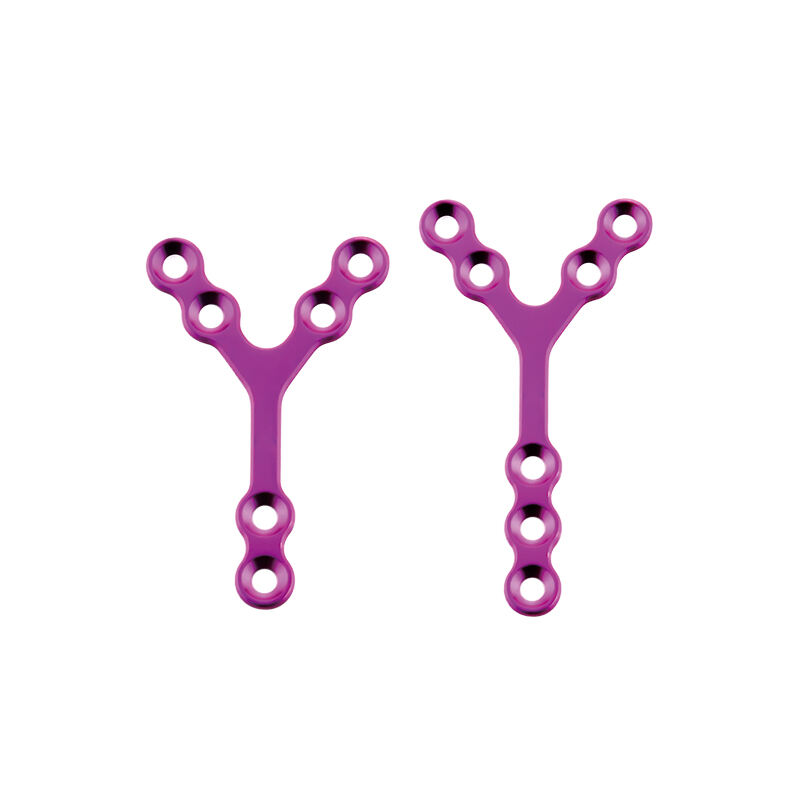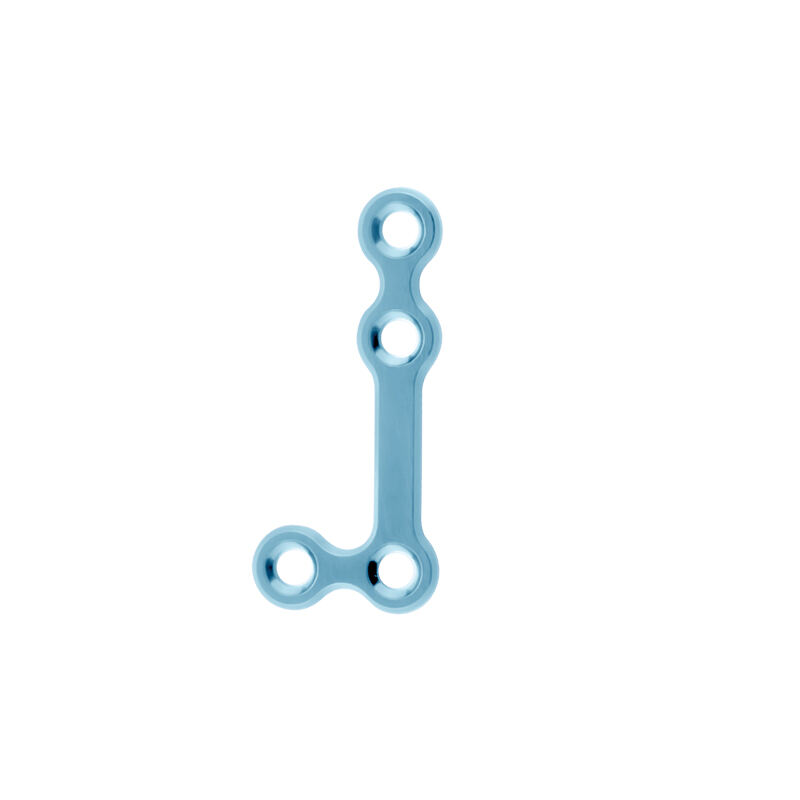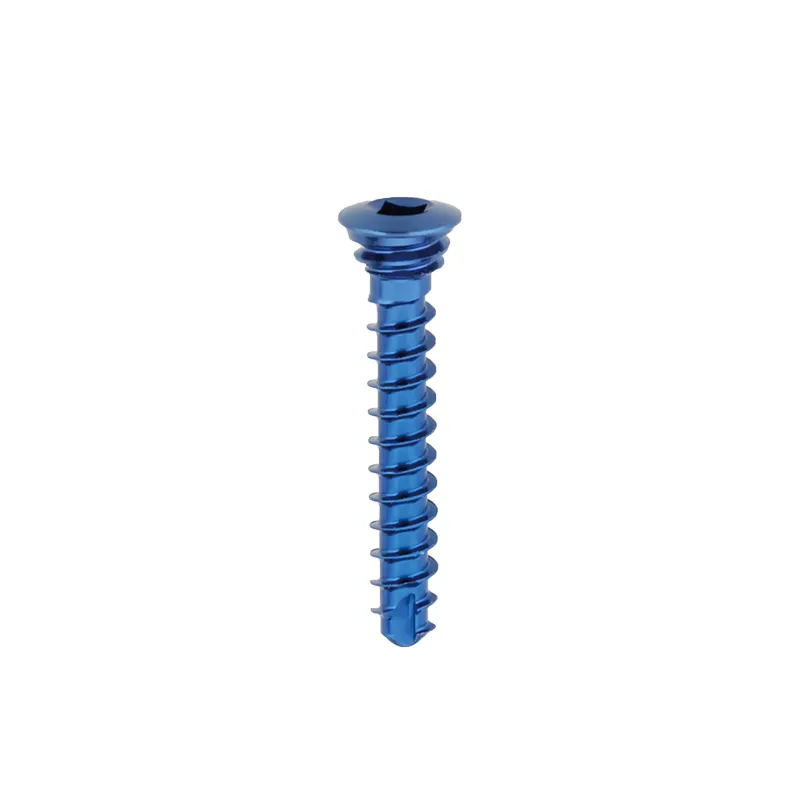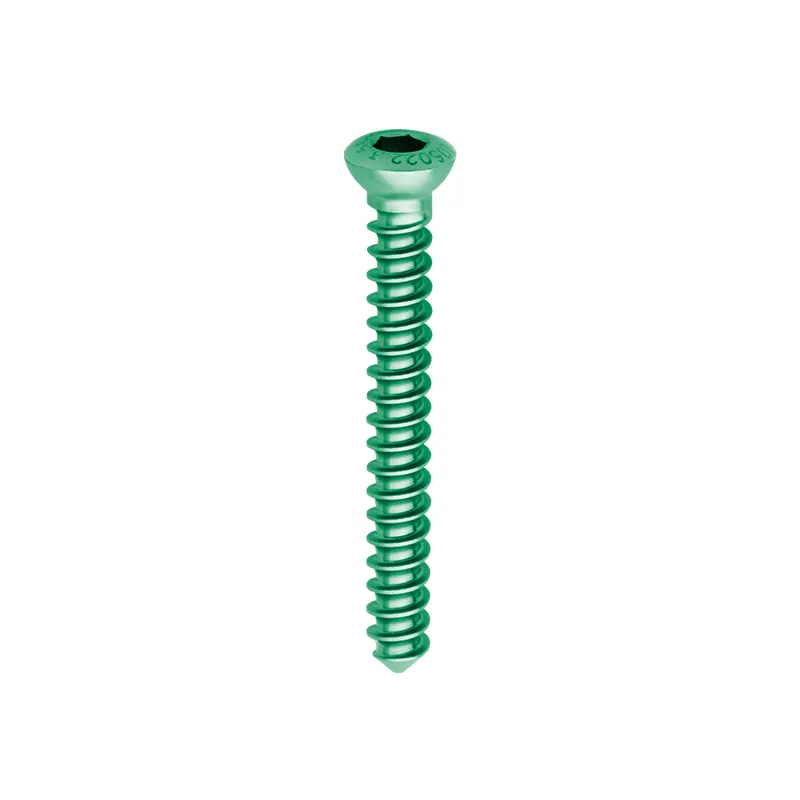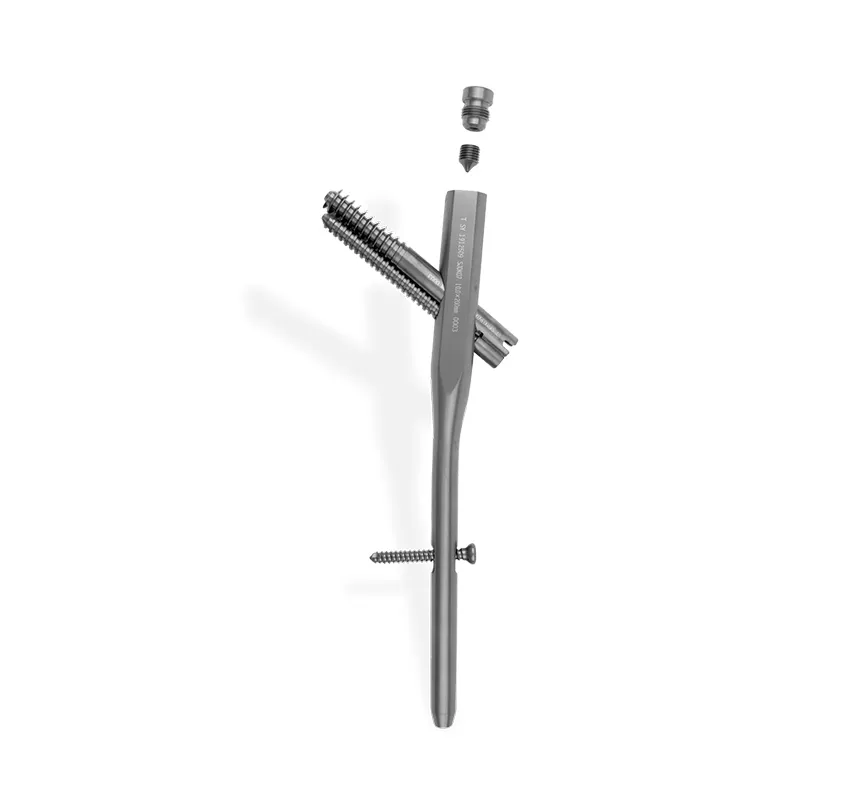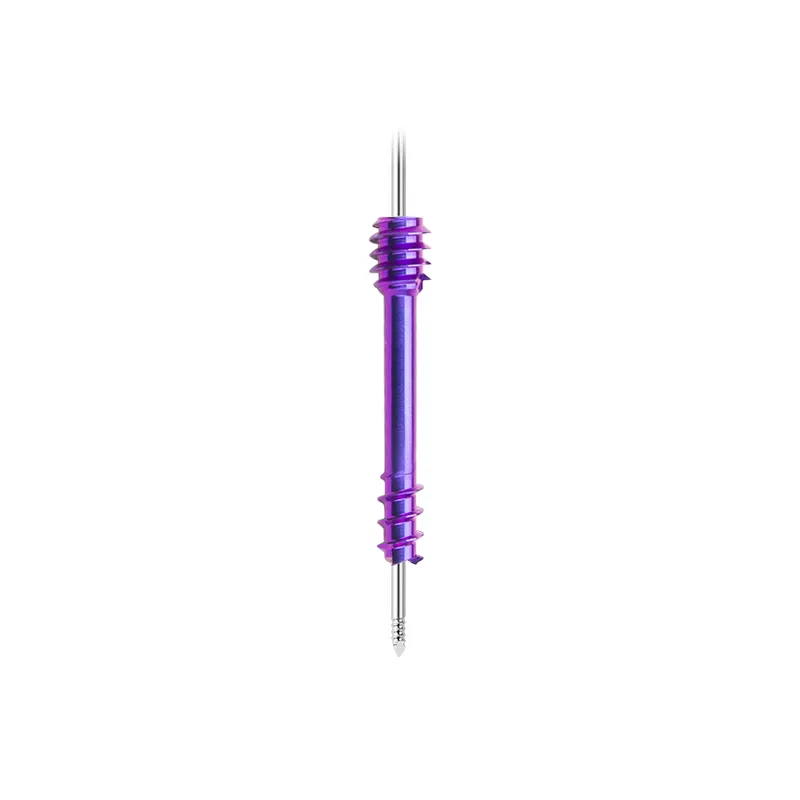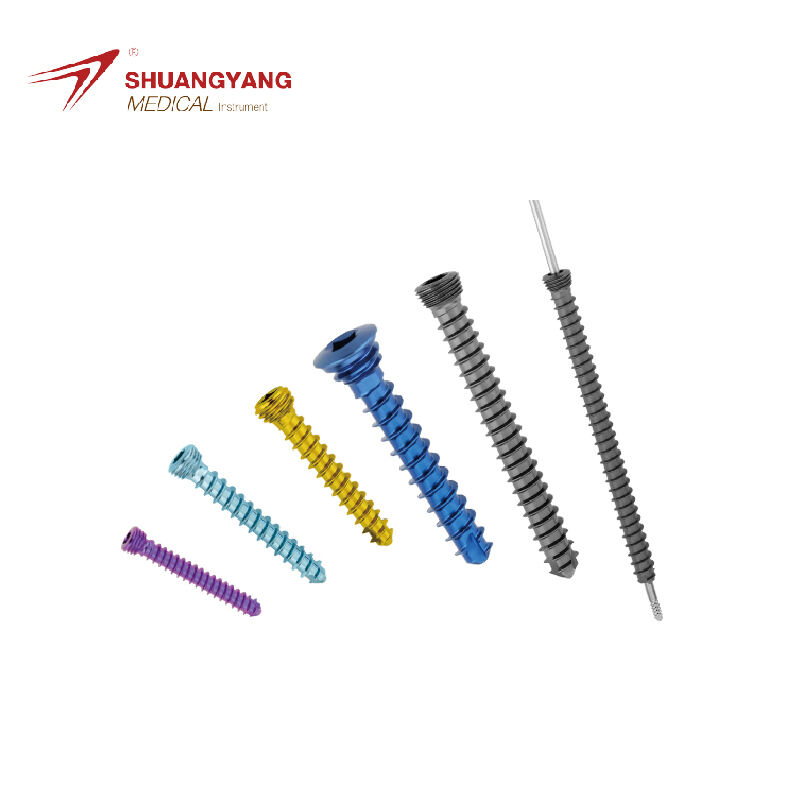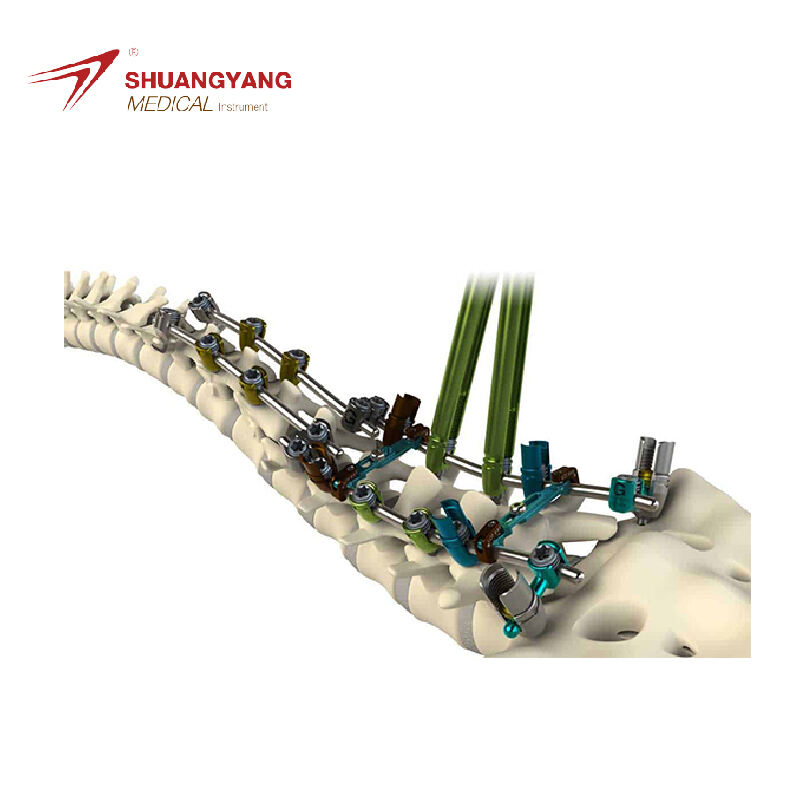spinal disk surgery
Spinal disk surgery is a medical procedure designed to treat conditions affecting the spinal disks—the cushioning pads between the vertebrae. The main function of spinal disk surgery is to alleviate pain and restore function by addressing disk-related issues like herniation, degeneration, or rupture. Technological features of this surgery include minimally invasive techniques, advanced imaging, and navigational systems that enhance precision. These advancements allow surgeons to perform procedures with smaller incisions, leading to faster recovery times and reduced risk of complications. Applications of spinal disk surgery are diverse, ranging from treating chronic back pain to addressing more severe spinal conditions that may cause neurological symptoms. The procedure often results in improved quality of life for patients by providing relief from discomfort and improving mobility.
 EN
EN
 FR
FR
 ES
ES
 AR
AR



